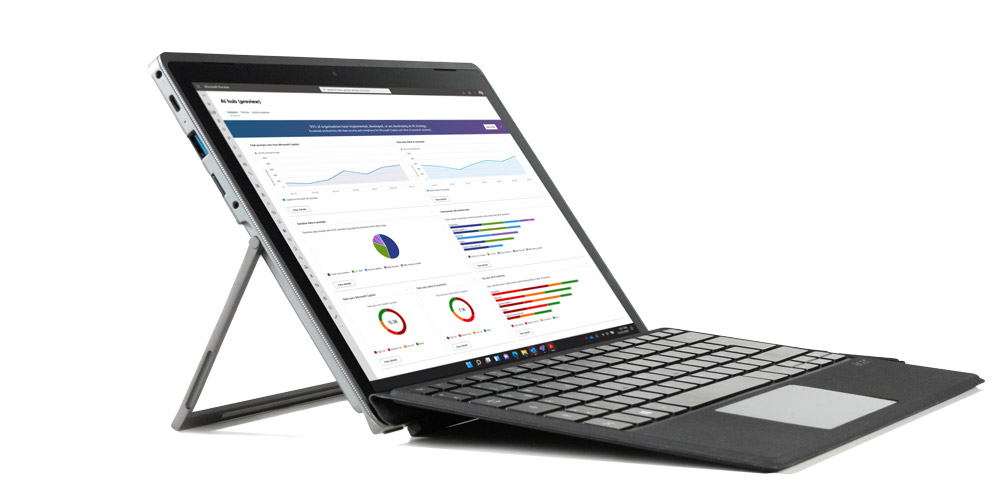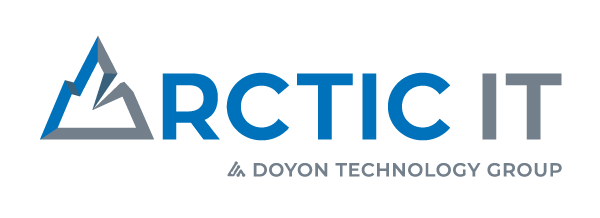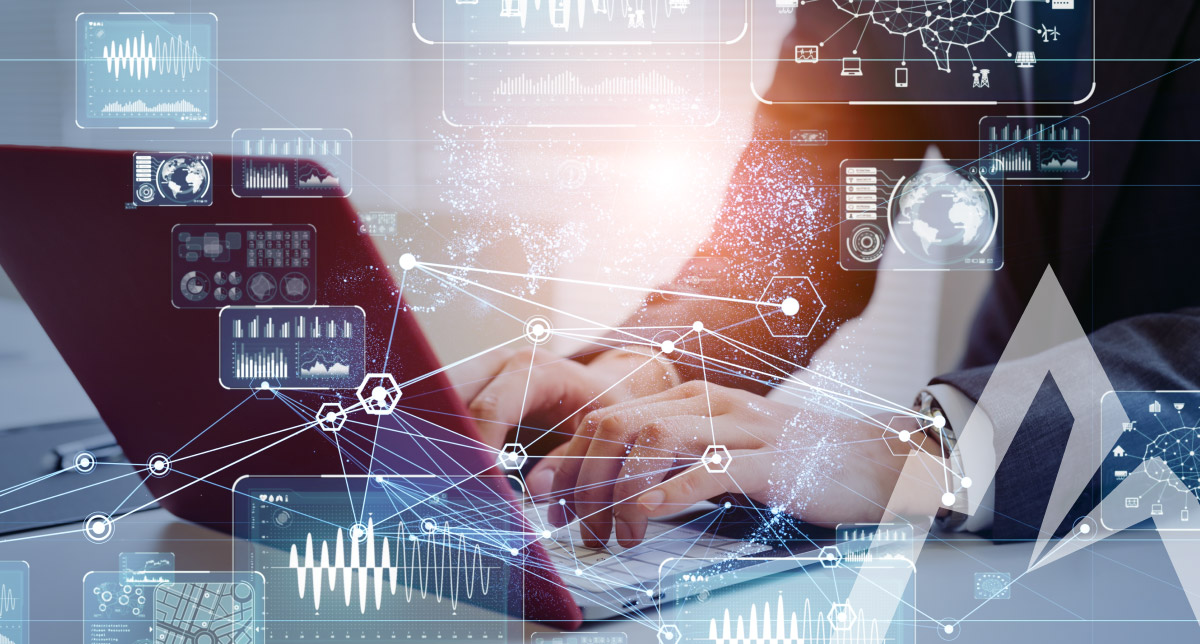Artificial intelligence (AI) is redefining the world of cybersecurity—both as a weapon and a shield. While AI-powered cyber threats are multiplying at an alarming rate, organizations are also harnessing AI to strengthen their defenses.
The Expanding Cybersecurity Battlefield: AI as a Force Multiplier
Cybercriminals are leveraging AI to launch more sophisticated, large-scale attacks. From automated phishing scams to deepfake-powered fraud, AI is making cybercrime more accessible and effective than ever before. AI enables cybercriminals to launch attacks at an unprecedented speed and scale. The volume of cyberattacks targeting major platforms like Amazon has skyrocketed from 100 million to 750 million attacks per day—a sevenfold increase largely attributed to AI automation.
Cyberattacks have become even more sophisticated with phishing and social engineering. AI-enhanced phishing emails now replicate the style and language of trusted contacts, making them nearly indistinguishable from legitimate messages. Attackers can use AI to analyze past email exchanges, insert relevant details, and trick even the most cautious users.
Deepfake threats are very real. AI-driven voice cloning and video deepfakes are emerging as serious cybersecurity weapons. With just a short audio sample, cybercriminals can create highly convincing fake voice messages to impersonate executives or manipulate financial transactions.
While deepfakes and sophisticated phishing are on the rise with AI, the biggest threat to an organization is still their own employees. Shadow AI is the use of unauthorized AI tools, and what may seem like a harmless way to speed up productivity can put your organization’s proprietary data at risk. A staggering 78% of AI users bring their own tools to work, often exposing sensitive data to AI models with unknown security policies.
The High Stakes: What Happens When Cybersecurity Fails?
Failing to modernize security systems can have severe consequences:
- Financial Devastation: The economic impact of cyberattacks is staggering, with ransomware payments exceeding $3.1 billion annually. The indirect costs—such as downtime, legal fees, and lost business—can be even more damaging.
- Service Disruptions: Cyberattacks can cripple essential services. For U.S. communities, this means disruptions in healthcare, financial operations, and government functions. In some cases, cyberattacks have disabled emergency response systems, delaying critical medical aid.
- Erosion of Trust: Once a cyberattack occurs, public confidence in an organization’s ability to safeguard sensitive data plummets. For businesses that manage crucial records and personal information, this loss of trust can be devastating.
- Exfiltration of Sensitive Information: A best practice for hackers is stealing your data and holding it for ransom to ensure that you pay up. That data can contain personal information, healthcare data, business operations and other highly sensitive data.
Fighting Back: How AI in Cybersecurity Can Strengthen Defenses
AI is not just a tool for attackers—it’s also a powerful ally in cybersecurity defense. By harnessing AI’s capabilities, organizations can detect threats faster, respond more effectively, and build a more resilient security framework.
In a recent AI webinar we hosted with Microsoft, Mac Quig, Azure Director for Tribal Nations, talked about data security posture management, and how there is a big difference in AI tools as they relate to security. “Microsoft took a stand early on that anything in Azure AI or Copilot are locked to your tenant and it will not be used to train other models.” It bears repeating that Microsoft’s AI and OpenAI are not the same.
Using sophisticated, AI-powered cybersecurity tools like Microsoft Purview can track the apps that your employees are using, and alert you when there is sensitive data (such as PII) being used within prompts that can put your organization at risk. This includes any AI application—which covers everything from Copilot, ChatGPT, or any other third-party app. Purview has the ability to determine staff members’ risk factor by analyzing how they are setting up the prompt, what kind of data they are putting in, and how they are communicating with the tool. It provides you with a risk score for the data that is being used and extracted from the tool.

Microsoft’s Azure cloud platform is now infused with AI at every level, transforming it into a powerful AI-driven Security Operations Center (SOC). With built-in AI security tools like Microsoft Purview, organizations can continuously monitor employee interactions with AI applications, detect risky behaviors—such as copying sensitive data into unauthorized tools or bypassing security policies—and enforce compliance in real time.
Data security, sovereignty, and compliance are seamlessly integrated into the platform, ensuring organizations have a robust security foundation. However, these safeguards are only effective if backed by strong AI governance and policy administration. Without clear policies and oversight, even the most advanced security measures can fall short. Ensuring AI compliance isn’t optional; it’s the key to securing your organization’s future.
The Urgency of AI Policies and Governance
We talked earlier about shadow AI. One of the biggest cybersecurity risks isn’t just external attacks. It’s the unregulated use of AI within organizations. Many employees unknowingly expose sensitive data to AI models that could be storing, analyzing, or even repurposing that data for other users. Here are the foundational elements every organization needs to get AI usage under control:
- AI Usage Policy: Organizations must establish clear policies outlining which AI tools employees can use, what data can be shared, and how AI-generated content should be reviewed before being trusted.
- Employee Training: Many employees unknowingly compromise security by using unsecured AI tools. Providing training on AI security best practices can prevent inadvertent data leaks.
- Data Governance: Before deploying AI, organizations need a data governance strategy to classify, protect, and control access to sensitive data. Proper data governance is a key pillar of Zero Trust Architecture. When implemented, you move from a reactive to a proactive posture using AI driven security tools. The importance of data governance cannot be overstated.
A Call to Action: Securing the Future with AI
The rise of AI-driven cyber threats demands a proactive, AI-powered defense strategy. AI is the great accelerator—it amplifies both attackers and defenders. The key is making sure you’re on the right side of that equation.
Here are some key actions to take towards a more secure future:
- Assess Your Cybersecurity Maturity: Conduct regular security self-assessments to identify vulnerabilities, outdated systems, and areas for improvement. An honest assessment of where you stand currently is essential to improving your security regime.
- Implement Advanced Security Measures: Leverage AI-driven cybersecurity tools, enforce Zero Trust principles, and ensure data encryption is in place.
- Foster Collaboration and Information Sharing: All organizations should participate in cybersecurity information-sharing networks, such as ISACs tailored to their industry or sector, to stay ahead of emerging threats. ISACs (Information Sharing and Analysis Centers) provide a trusted platform for organizations to share threat intelligence, best practices, and real-time alerts to strengthen collective cybersecurity defenses.
- Develop a Comprehensive AI Policy: Clearly define how AI can and cannot be used within the organization to prevent shadow AI risks. Marketing has exploded for AI tools that listen-in on meetings and conversations. Be aware when having conversations in your boardroom. Your AI policy should clearly define that your data belongs to the organization. Remember to include specifics on how it can be used internally versus externally.
The Time to Act is Now
AI is not just reshaping cybersecurity; it’s redefining the entire digital battlefield. While it presents new threats, it also offers unparalleled opportunities to fortify defenses, streamline security operations, and detect attacks faster than ever before.
The time to act is now. Organizations that fail to keep up with AI-driven threats risk falling victim to cyberattacks that could have been prevented. By embracing AI-powered cybersecurity solutions and adopting proactive governance strategies, organizations can safeguard their future in the AI era.
If you’re ready to get started but need help, or you would like a copy of our sample AI Usage Policy Template, we’ve got you covered. Arctic IT can help you on your roadmap to a more secure, AI-ready future. Reach out to us at [email protected] today.

By Phillip Jackson, CIO at Arctic IT

